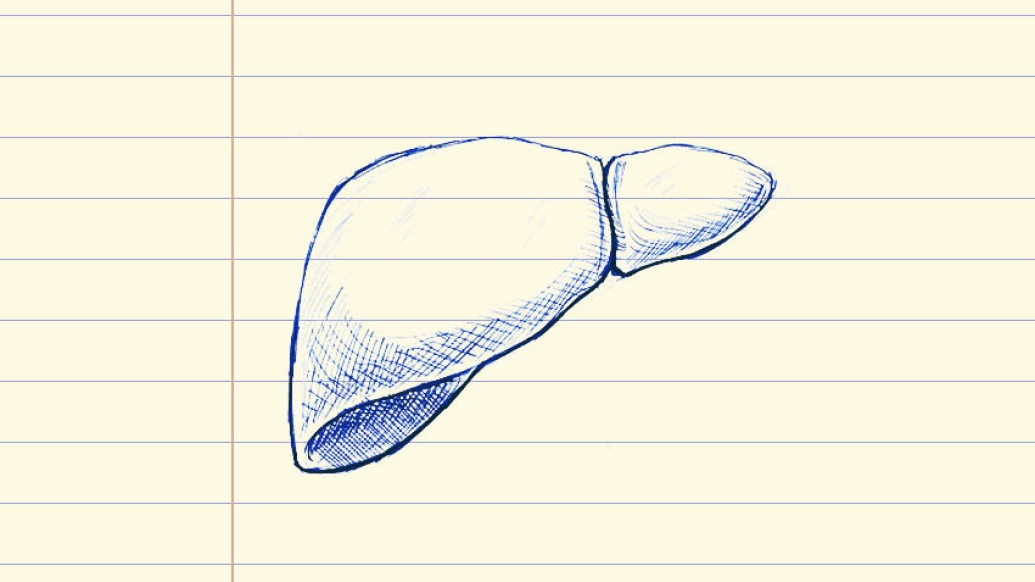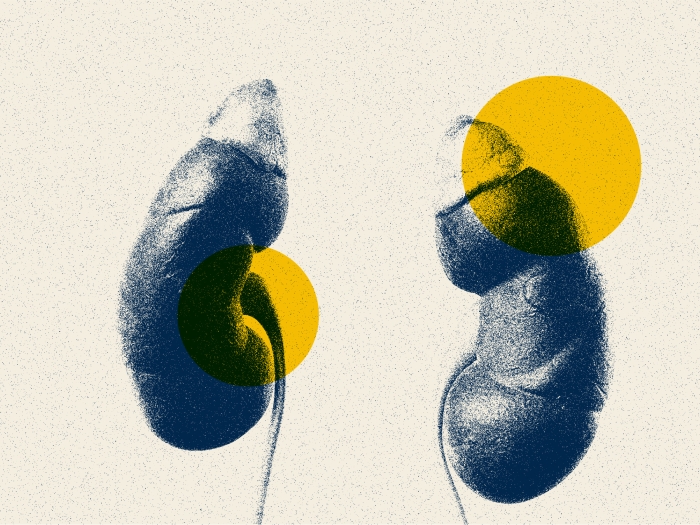Mice lacking E4BP4 were protected against diet’s damaging effects.
11:10 AM
Author |

Scientists are trying to understand the link between diet and the development of non-alcoholic fatty liver disease, which affects more than 80 million Americans. Using mice, they've been able to recreate the development and progression of the disease by feeding them a diet high in fat and low in methionine and choline. At the cellular level, mice fed these diets show signs of stress in a structure called the endoplasmic reticulum or ER. That stress leads to the storage of excess fat in the liver. An important new study led by Meichan Yang, Ph.D., Lei Yin, Ph.D., Xin Tong, M.D., Ph.D, of the department of molecular & integrative physiology and their colleagues further helps to explain this process.
The team's findings point to a transcription factor called E4BP4 that is found in large amounts inside the liver, spleen and fat tissue, that is activated by ER stress. "E4BP4 may be the missing link between a bad diet and non-alcoholic fatty liver disease," says Tong. The link is further supported by the fact that mice bred to lack E4BP4 show decreased lipid accumulation and less liver injury. Intriguingly, only female mice lacking the E4BP4 gene were protected from fat accumulation in the liver after the high-fat diet, a finding that the team plans to study further.
Paper cited: "Hepatic E4BP4 induction promotes lipid accumulation by suppressing AMPK signaling in response to chemical or diet-induced ER stress," The FASEB Journal. DOI: 10.1096/fj.201903292RR

Explore a variety of healthcare news & stories by visiting the Health Lab home page for more articles.

Department of Communication at Michigan Medicine
Want top health & research news weekly? Sign up for Health Lab’s newsletters today!





